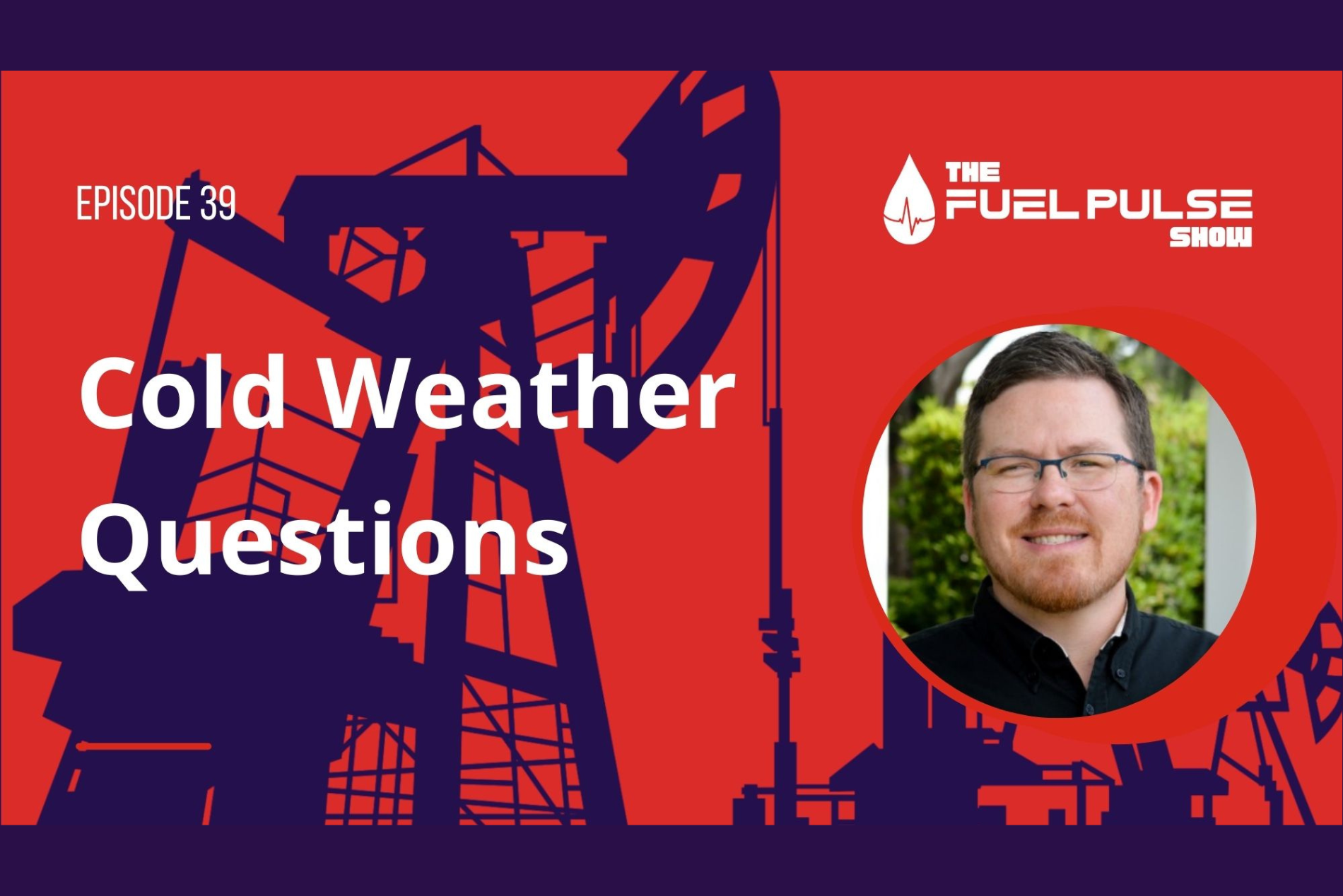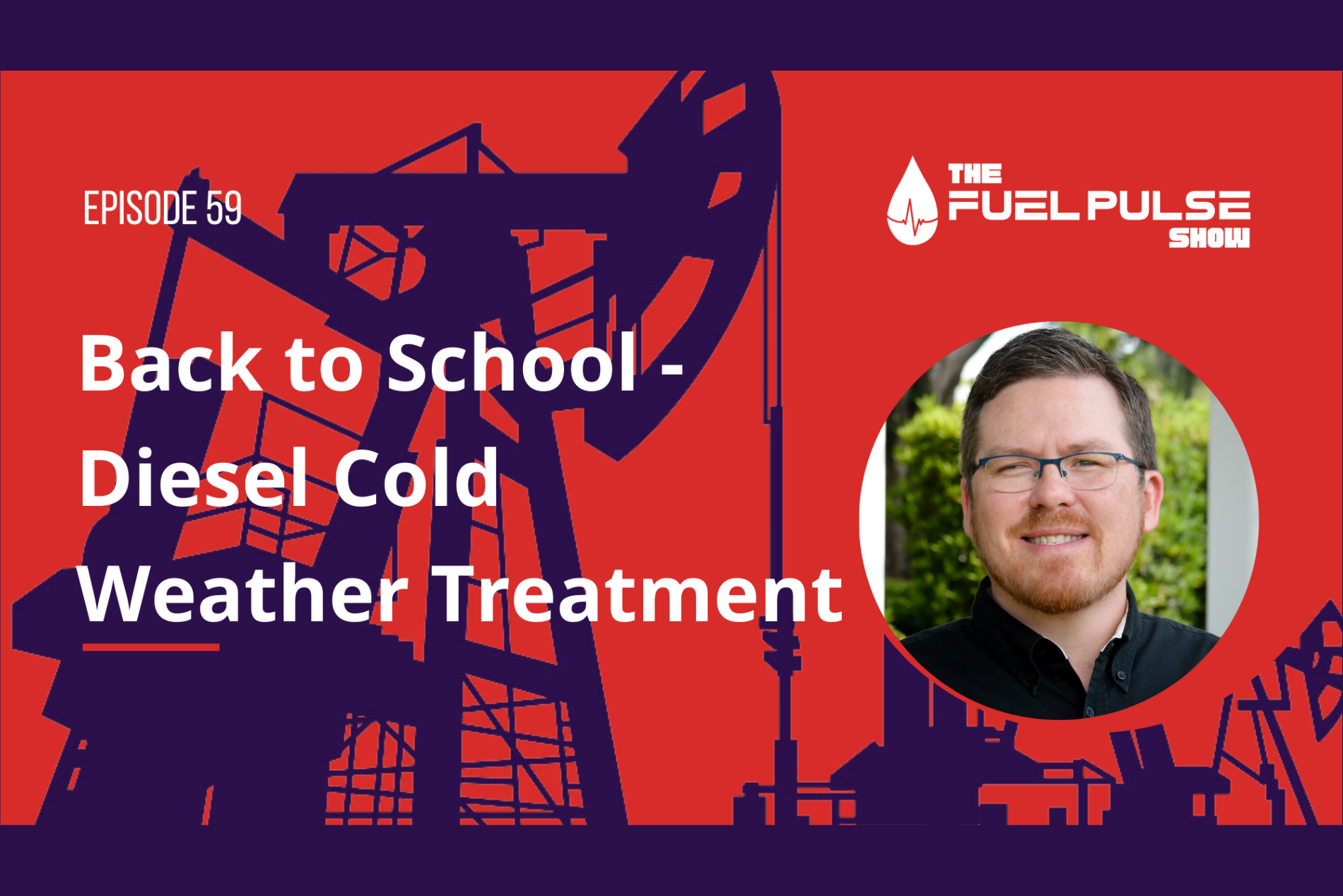1 min read
Episode 035 – When To Treat For Cold Flow
Knowing when to treat your fuel to avoid temperature-related gelling is key. In this episode, I’ll explain what you need to know about temperatures,...

Do you know all the signs that point to the need to use anti-gel in your fuel? We are well into the cold temperatures that start to make gelling in your fuel a real issue, so today, I’ll be sharing some ideas on how you can monitor your fuel to combat gelling, as well as important answers to common questions about fuel in cold weather.
Listen in as I talk about what to look for and how to prepare ahead of time so that your fuel is treated and ready in advance. You will learn about the methods used to effectively understand the temperature data so that you know when and how to treat your fuel.

1 min read
Knowing when to treat your fuel to avoid temperature-related gelling is key. In this episode, I’ll explain what you need to know about temperatures,...

In this episode of the Fuel Pulse Show, host Erik Bjornstad continues the "back to school" series, focusing on preventing winter gelling problems in...

Today we are joined by Brian Hartley, owner of Diesel Dialysis, for a two-part conversation on fuel maintenance—particularly fuel polishing. Brian...